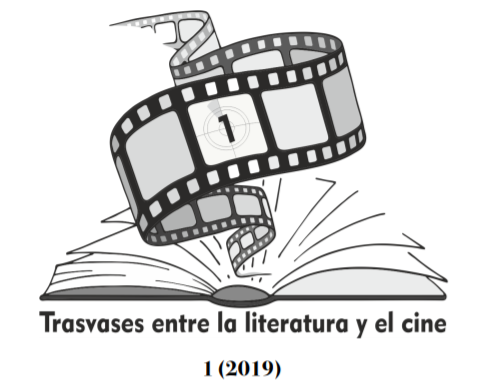The Frankenstein Myth in Film: Transmediation and Science Fiction (Blade Runner and 2049)
DOI:
https://doi.org/10.24310/Trasvasestlc.v0i1.6574Keywords:
interdiscursive analysis, feminism, Gald´ós, Buñuel, TristanaAbstract
The objective of the present paper is to perform an interdiscursive analysis on the configuration of the character of Tristana in the novel by Benito Pérez Galdós and in the cinematographic adaptation of Luis Buñuel, both with a title of the same name as the main female character. In addition, we will try to find a historical motivation, under a feminist perspective, that justifies the main change that the filmmaker makes in the construction of the character. For this, it will be necessary to introduce someconcepts on interdiscursive analysis, proposed by Tomás Albaladejo, as well as basic notions about transduction, by Doležel.
Downloads
Metrics
Publication Facts
Reviewer profiles N/A
Author statements
Indexed in
-
—
- Academic society
- N/A
- Publisher
- Universidad de Málaga
References
ALBALADEJO, Tomás (2008), «Poética, Literatura Comparada análisis interdiscursivo», Acta Poética, 29/2, págs. 245-275.
AMORÓS, Andrés (1977), «Tristana, de Galdós a Buñuel», en AA.VV., Actas del Congreso Internacional d Estudios Galdosianos, Las Palmas de Gran Canaria, Cabildo Insular, págs. 319-329.
ASENSI, Manuel (2008), «Unsex me here: Tristana y la pasión»,Scriptura, 19/20, págs. 111-140.
BARREIRO, Xosé Luis (2018) ,«Catherine Denueve y el cardenal Tavera», La Voz de Galicia[En línea:https://www.lavozdegalicia.es/noticia/opinion/2018/01/13/catherine-deneuve-cardenal-tavera/0003_201801G13P12993.htm].
PÉREZ BOWIE, José Antonio (2004), «La adaptación cinematográfica a la luz de algunas aportaciones teóricas recientes», Signa, 13, págs.277-300.
CASETTI, Francesco (1991), Cómo analizar un film, Barcelona,Paidós.
DOLEŽEL, Lubomír (1990), «La transducción literaria», en Historia breve de la poética, Madrid, Síntesis, págs. 229-237.
GALDÓS, Benito [Pérez] (2001), Tristana, Madrid, Akal.
GARRIDO DOMÍNGUEZ, Antonio (1996), «El personaje», en El texto narrativo, Madrid, Síntesis, págs.67-102.
HERNÁNDEZ, Esmeralda y Ana María VELASCO (2015), «Tristana: entre Galdós y Buñuel. Un análisis textual de la adaptación cinematográfica», en E. Camarero y M. Marcos (eds.), III Congreso internacional. Historia, arte y literatura en el cine español y portugués. Hibridaciones, transformaciones y nuevos espacios narrativos, Salamanca, Hergar Ediciones Antema, págs. 572-587.
PALACIOS MARTÍNEZ, Feliciana M. (2013), «Tristana. Galdós y Buñuel, del feminismo a la violencia», en M. P. Celma, M. J. Gómez del Castillo y S. Heikel (eds.), Actas del XLVIII Congreso Internacional de la AEPE. El español en la era digital, Universidad de Zaragoza, págs. 391-397.
VARELA, Nuria (2008), Feminismo para principiantes, Barcelona, EdicionesB [edición en formato electrónico].
Downloads
Published
How to Cite
Issue
Section
License
All authors published in this journal accept the following copyright terms:
a. Authors retain their authors´ rights (copyright) and grant First Publication Rights to the journal, which whill be published under a the Creative Commons Attribution-NonCommercial-ShareAlike 4.0 International (CC BY-NC-SA 4.0) license. All about this license is available in the following link: <http://creativecommons.org/licenses/by-nc-sa/4.0>
b. Authors may separately establish additional agreements for the non-exclusive distribution of the version of the work published in the journal (e.g. including it in an institutional repository, or publishing it in a book) with an acknowledgement of its initial publication in this journal.
c. Authors are allowed and encouraged to disseminate their work electronically (e.g. in institutional repositories or on their own website) as this can lead to productive exchanges, as well as earlier and more extensive citation of published work.
The author is responsible for obtaining permission from the copyright holder when using copyrighted materials.
This electronic journal is published by University of Málaga (UmaEditorial), thus it is necessary to cite the origin of any partial or total reproduction.








22.png)










